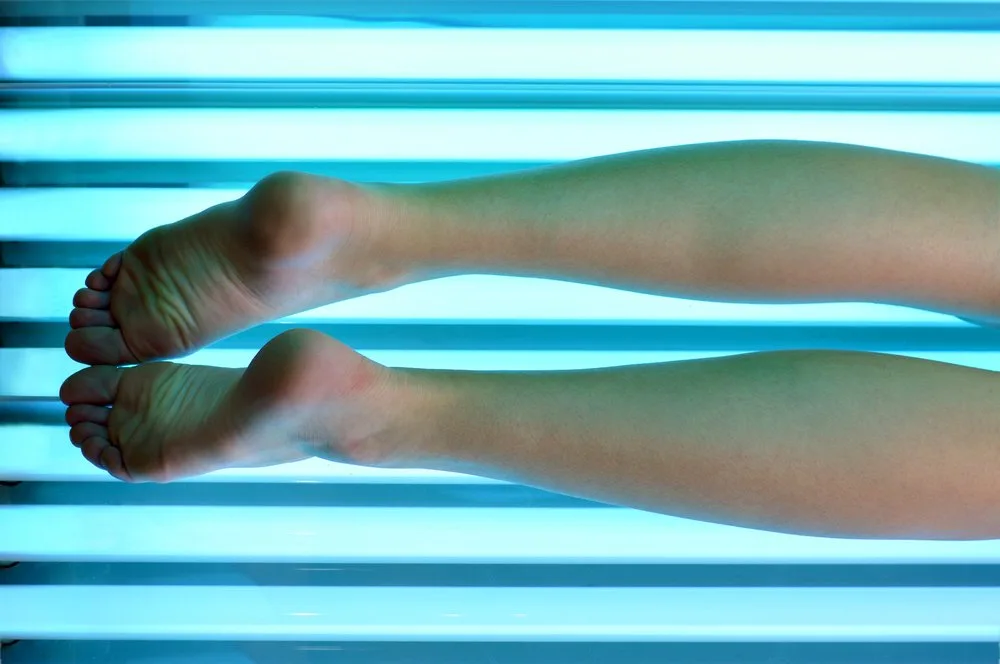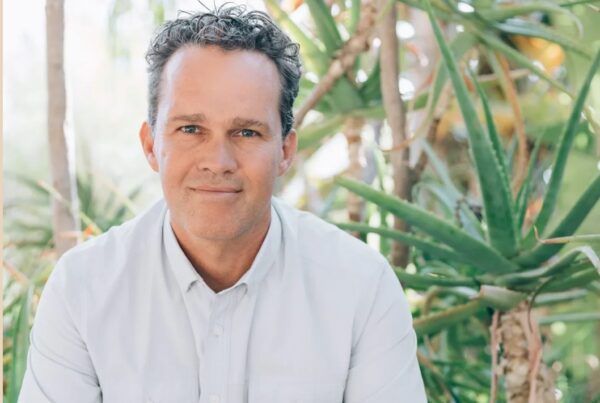A recent study indicates that a U.S. ban on the use of tanning beds among minors would prevent thousands of cases of melanoma in adolescents and would save millions of dollars in healthcare costs. The findings were published early online in CANCER, a peer-reviewed journal of the American Cancer Society.
The dangers of Indoor tanning
Indoor tanning has been linked to an increased risk of melanoma, with the highest risk among those who start using tanning beds at a young age. Unfortunately, the use of tanning beds is a common practice among U.S. adolescents.
Mutations in skin cells
The harmful radiation from a tanning bed is considered to be stronger in comparison to the radiation of the sun. This can lead to mutations in the skin cells. Once your cells have been mutated, they will keep growing into cancerous tumors. Wrinkles can be caused by damaging the epidermis and dermis. Apart from that, your skin will start looking sullen.
Risks are high
According to the American Academy of Dermatology Association, (AAD) tanning beds are NOT safer than the sun. Their website explains: “Science tells us that there’s no such thing as a safe tanning bed, tanning booth, or sun lamp. Just one indoor tanning session can increase the risk of developing skin cancer (melanoma by 20%, squamous carcinoma by 67% and basal cell carcinoma by 29%.
The evidence that indoor tanning dramatically increases your risk of getting skin cancer is so strong that the U.S. Food and Drug Administration (FDA) requires warning labels on all indoor tanning equipment.”
Not enough protection?
Despite the risk of indoor tanning, only a handful of countries has implemented policies to ban tanning beds. Such bans have the potential to save lives and treatment-related costs but come with costs of policy implementation and enforcement, as well as lost revenue to the tanning industry.
Alarmingly, a survey by the AAD showed that nearly 25% of young adults surveyed were either unaware or unsure that tanning beds are NOT safer than the sun.

Other risks
- Using tanning beds can cause a serious injury. In emergency rooms across the United States, people are treated for burns, loss of consciousness, and eye injuries caused by indoor tanning.
- Getting a base tan cannot prevent sunburn. Many people believe that using a tanning bed to get a base tan will prevent sunburn. This is an absolute myth,” says AAD. If you have a base tan, you can still burn.
- Becoming addicted to tanning is a real risk. Growing evidence indicates that tanning can be addictive. About 20% of 18- to 30-year-old white women who use indoor tanning show signs of addiction.3 They find it hard to stop tanning. When they don’t get a steady dose of UV rays, they feel fidgety or depressed.
Giving customers “false and misleading information” has been a common practice at tanning salons.
A study run by the U.S. House of Representatives Committee on Energy and Commerce made a startling discovery. During the study, staff at tanning salons were asked questions about the risks of indoor tanning. Investigators found that 90% of staff at tanning salons said indoor tanning is not a health risk for a fair-skinned teenage girl.4 Many staff members at tanning salons even said that tanning has health benefits.5
According to the AAD, “this led the U.S. House of Representatives to report, “The vast majority of tanning salons contacted by Committee investigators provided false information about the serious risks of indoor tanning and made specious claims about the health benefits that indoor tanning provides.”6″
Ban versus no ban
To consider both the benefits and costs of a ban, research investigators modeled the life course of the U.S. population aged between 14 and 17 years and compared two situations: ban versus no ban.
Notable potential to save lives
The team’s simulations revealed that fully adhering to a ban would prevent 15,101 melanoma cases and 3,299 melanoma recurrences among 17.1 million minors, saving $61 in direct and indirect healthcare costs per minor. When including intervention costs and economic losses to the tanning bed industry, banning still saved $12 per minor and a total of $205.4 million over the lifetimes of 17.1 million minors.
Why are minors at risk?
“A ban on tanning bed use in minors is not universal in Canada and the U.S. In Brazil and Australia there is a total ban not just in minors, but also in Austria, Belgium, France, Germany, Portugal, Spain, and the United Kingdom, national bans exist for those under the age of 18,” said lead author Antoine Eskander, MD, ScM, FRCSC, of the University of Toronto and Sunnybrook Health Sciences Centre.
In summing up
“This work demonstrates the societal implications of a ban in North America and points to the value of this policy, which should be considered by the state, provincial, and national/federal governments,” added co-senior author David Goldstein, MD, MSc, FRCSC, of the University of Toronto and Princess Margaret Cancer Centre.
As confirmed by the AAD, by choosing not to tan, you reduce your risk of getting many types of skin cancer, including melanoma. The Centers for Disease Control and Prevention estimates that if no one younger than 18 years of age ever used a tanning bed, we could prevent about 61,839 melanomas and 6,735 deaths due to melanoma.
Full Research Citation: “To ban or not to ban tanning bed use for minors: A cost effectiveness analysis from multiple U.S. perspectives for invasive melanoma.” Antoine Eskander, Kathryn E. Marqueen, Heather A. Osborn, Anthony M. Joshua, Teresa M. Petrella, John R. de Almeida, David P. Goldstein, and Bart S. Ferket. CANCER; Published Online: April 12, 2021 (DOI: 10.1002/cncr.33499).





![women [longevity live]](https://longevitylive.com/wp-content/uploads/2020/01/photo-of-women-walking-down-the-street-1116984-100x100.jpg)










